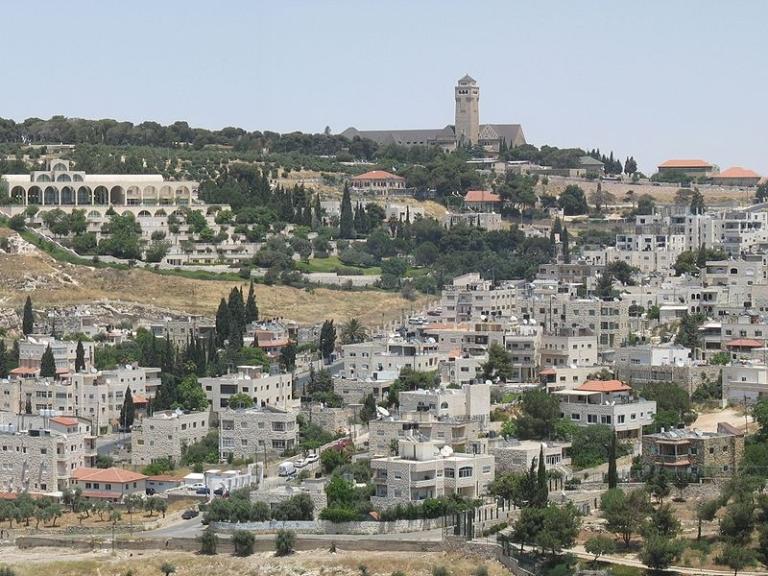
Another episode of the continuing story:
Judaism, like Islam, finds a major source of its religious authority and practice in the past. But modern values like democracy, equal rights, and religious toleration have come into general acceptance only since the time in which the fundamental documents of the two religions were composed or revealed. Consequently, they do not directly figure in the sacred texts upon which the two faiths are based. How, then, are they to be incorporated into modern Jewish and Islamic practice? Or should they be incorporated at all? Two easy solutions present themselves to the question of how to harmonize an ancient heritage with modern insights, values, and ways of thought: Either the ancient heritage can be abandoned and all modern ideas embraced without exception (the secularist solution), or the modern age can be ignored (the fundamentalist solution). The difficult thing is to find a middle ground that preserves the best features of both. Not only is it difficult to find such a middle ground, but even if someone does manage to position himself in the middle, he thereby opens himself to attacks from both extremes. To the fundamentalists, he is an apostate; to the secularists, he is either a fundamentalist himself or a coward, caving in to pressure from reactionaries and fanatics. This was an unmistakable aspect of the struggle over the building of BYU’s Jerusalem Center for Near Eastern Studies.
Gradually, however, it dawned on even the most die-hard enemies of the center that the building was going to be completed and that the government would not stop its construction. And, gradually, the campaign of harassment, distortion, and vilification against the Latter-day Saints began to wind down. There were still occasional flare-ups. Late in the construction process, for instance, local and general officers of the Church were requested to sign documents promising that neither the center, nor the university, nor the Church itself would engage in any proselyting of Jews in Israel—ever. This was to be in addition to promises already made by BYU officials and leaders of the Church that the center would not be used for missionary purposes and that Latter-day Saints would not proselyte in Israel so long as such activity was not allowed by the government.
Mormon leaders refused to sign. As Elder James E. Faust, then of the Council of the Twelve, put it during a visit to Israel in January 1987, “We will never say never.” This most recent demand touched on a matter of fundamental importance, a matter beside which even the expensive and long-dreamed-of building on Mount Scopus was relatively unimportant. Latter-day Saints obey the law. That is a matter of principle and religious belief, enshrined in their Articles of Faith. They are willing to limit their missionary efforts when the law demands it. But they make no secret of another principle of their faith, namely that it is their ultimate goal and duty to take the gospel to all nations of the earth, including the Jews. They cannot renounce this principle and certainly will not do so merely to satisfy the excessive demands of any human government. The Church stood firm, and those making the demand backed down.
Posted from Washington DC











